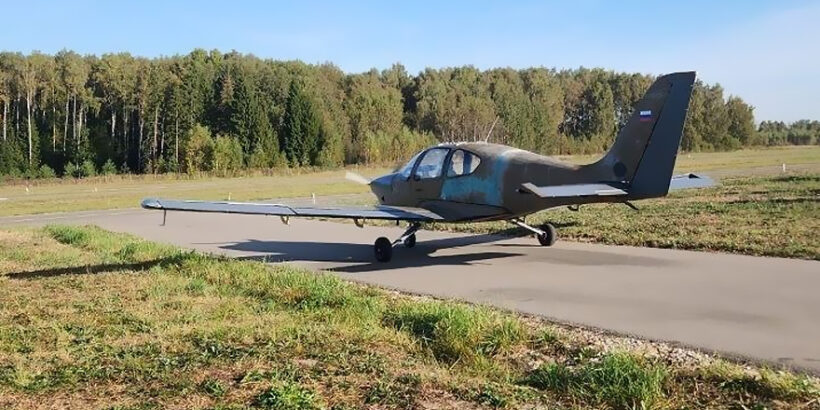On 21 September 2024, the first flight of a demonstrator of the Tango training aircraft developed by S7 Group took place at the S7 Aero training centre at Torbeyevo airfield in the Moscow region. The aircraft was piloted by Vladimir Barsuk, a 1st class test pilot-instructor and director of the S.A. Chaplygin Siberian Research Institute of Aviation (SibNIA). This was reported in the press service of S7 Airlines.
‘After breaking away from the runway and gaining altitude, the aircraft passed over the aerodrome several times. The programme of the first flight included checking the operation of engines, rudders, as well as assessing stability and controllability. The flight programme was completed, the Tango successfully landed and parked,’ the company said.
The S7 Tango is a four-seat all-composite light-engine trainer aircraft designed for initial training of civil aviation pilots, as well as for private passenger transport. The cockpit accommodates an instructor and trainee or a commander and co-pilot, and two passengers. Development of the aircraft started in spring 2023 and is being carried out at the S7 technical base in Torbeyevo.
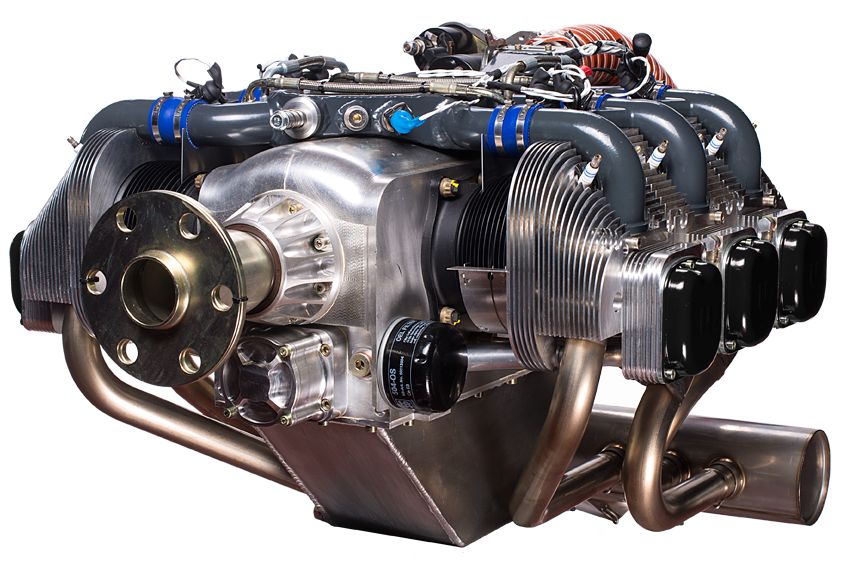
The aircraft is powered by a 5.2-litre UL520is six-cylinder engine from Belgian company ULPower Aero Engines, developing 200 horsepower. In parallel with the development of the aircraft, S7 Group is designing its own piston engine of similar power to replace the imported engine. Its prototype is currently undergoing test trials, the company explained.
The declared range of the S7 Tango is 1,100 kilometres, take-off weight is 1,150 kg, wingspan is 12 metres, aircraft length is 8.2 metres, flight speed is 245 km/h, and the landing gear is non-retractable. The aircraft requires a distance of 550 metres for take-off and landing.
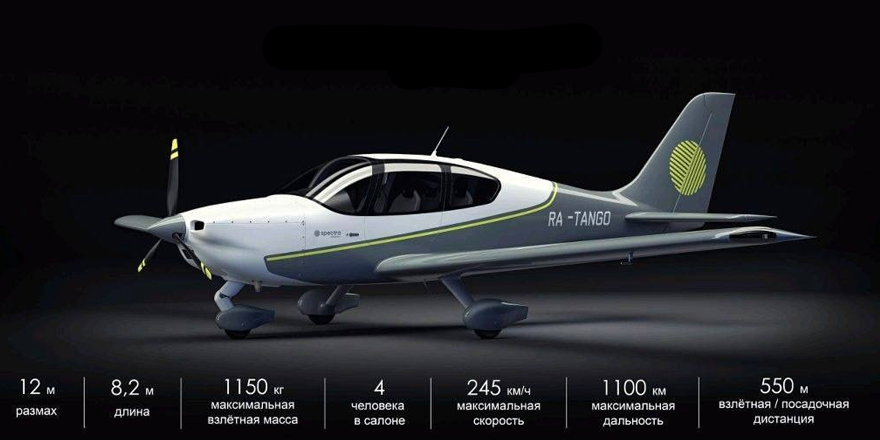
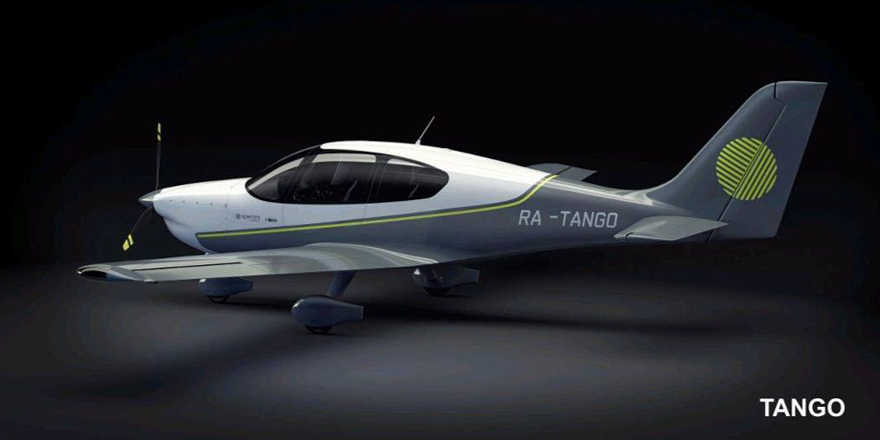
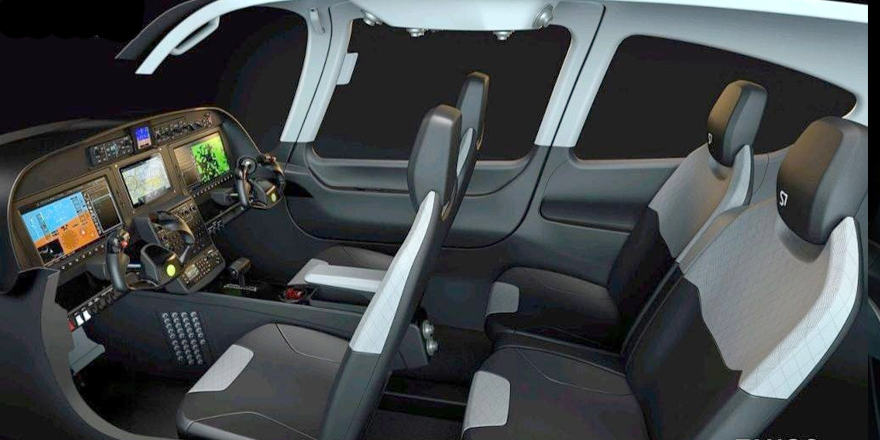
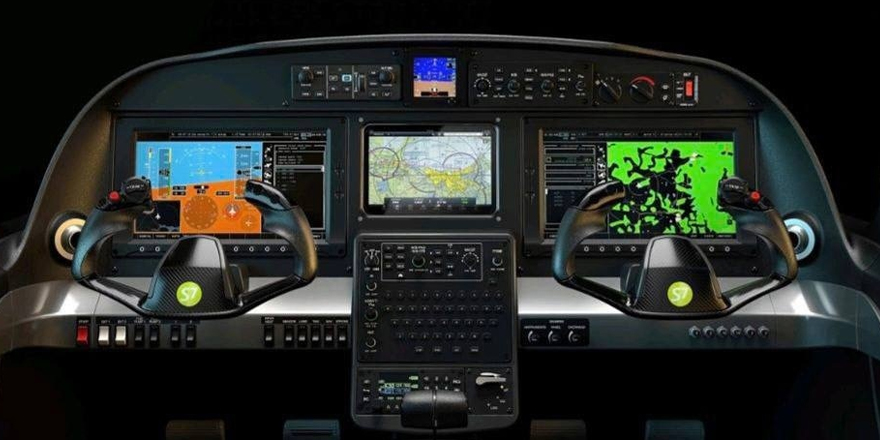
In addition to the S7 Tango, Russia is developing two more aircraft for initial flight training – the piston-powered Yak-152 (PJSC Yakovlev) and the turboprop UTS-800 (UZGA). Both machines are equipped with imported engines, the Yak-152 with the German RED A03T V12 and the UTS-800 with the American General Electric H80. Thus, for all three trainer aircraft to have a prospect of serial production, they require imported engine substitution.
